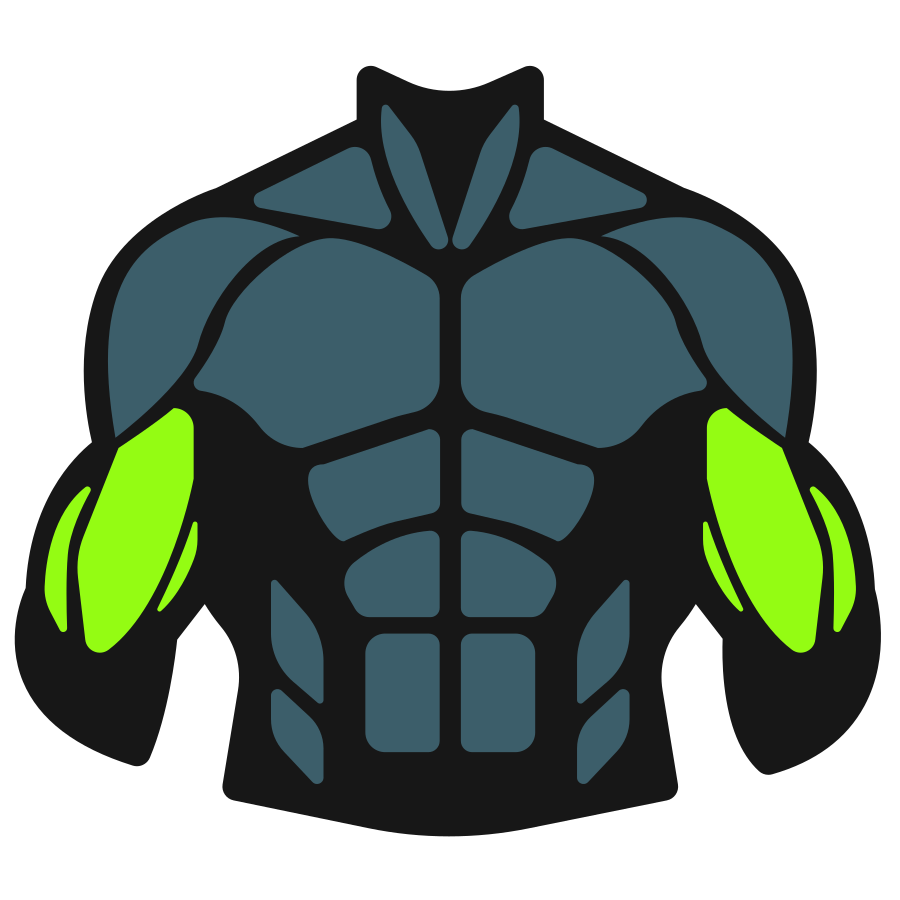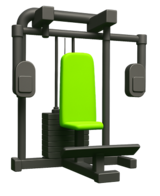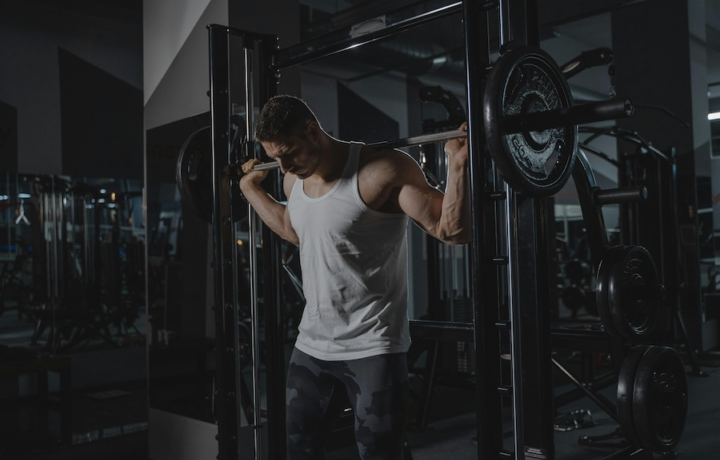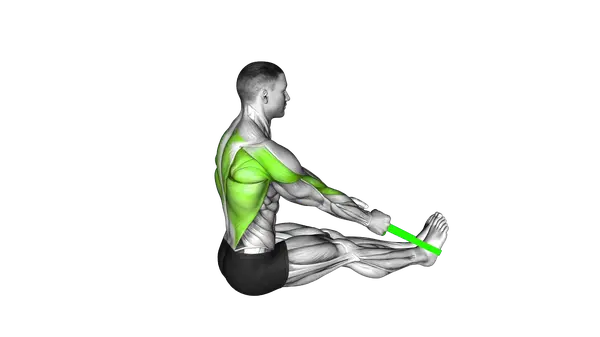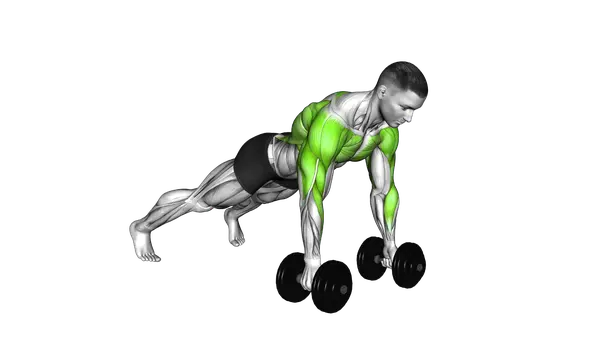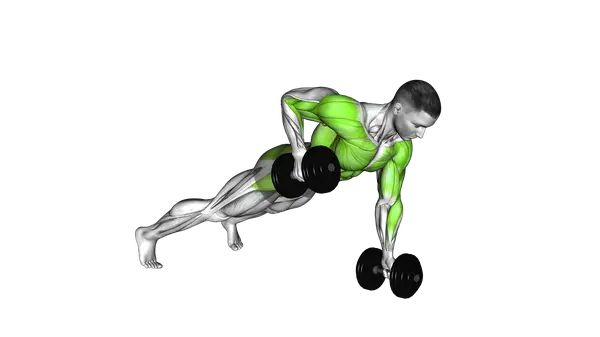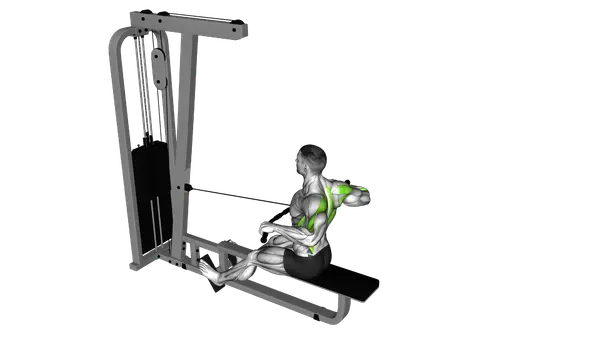Exercise
Assisted Pull-Up
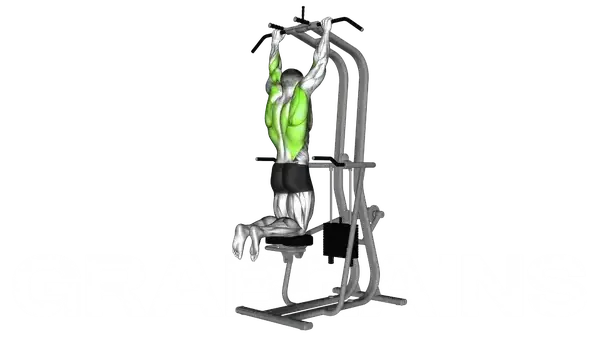
Assisted Pull-Up
How to Perform
- Attach a resistance band to a pull-up bar or set up an assisted pull-up machine. Make sure the band or platform provides enough support to complete the full movement with proper control
- Place one or both knees on the band or platform, then grip the bar slightly wider than shoulder-width apart. Keep your core tight and your shoulders pulled back.
- Begin the movement by driving your elbows down and back, pulling your chest toward the bar. Avoid letting your shoulders shrug up as you lift.
- Pause briefly at the top, keeping your chin above the bar and squeezing your back muscles.
- Lower yourself slowly and under full control until your arms are nearly straight — this eccentric phase is key for building strength.
- Repeat for 6–12 reps, adjusting band tension or machine assistance to challenge your current ability without compromising form.
Important information
- Keep your core engaged throughout the set to avoid arching your lower back.
- Control the downward phase: this is where most strength gains occur.
- Gradually reduce assistance over time to progress toward unassisted pull-ups.
- Avoid jerking movements or swinging your legs for momentum.
- Focus on leading with your elbows, not your hands, to activate the lats effectively.

Assisted Pull-Up
Exercise Details
Primary Muscles
Muscle Groups
Mechanic
Risk Areas
Built for progress
Take the guesswork out of training
Create personalized AI-powered workout plans that evolve with you. Train smarter, track every rep and keep moving forward, one workout at a time.






The assisted pull-up is one of the most effective ways to build the strength and technique needed for full, unassisted pull-ups. By reducing the amount of body weight you need to lift, it allows you to focus on proper form and controlled movement while still activating the key pulling muscles: the latissimus dorsi, biceps, shoulders, and core. This makes it an ideal exercise for beginners, returning athletes, or anyone aiming to improve upper-body strength without overstraining the joints.
Instead of replacing the pull-up, this variation provides a smart progression path. Using a resistance band or machine for assistance helps you perform the full range of motion with proper control, building both strength and confidence. As you progress, you can gradually reduce the assistance to move closer to performing bodyweight pull-ups on your own.
The assisted pull-up also fits perfectly into circuit and strength-based workouts. In HIIT-style sessions, it complements pushing movements like push-ups or overhead presses by balancing upper-body development and improving muscular endurance. Because you can easily adjust the level of support, the exercise remains challenging but safe, even when fatigue sets in.
Over time, consistent practice with assisted pull-ups improves grip strength, posture, and coordination while reinforcing the movement pattern needed for advanced pulling exercises. Its adaptability makes it suitable for every fitness level — from those learning their first pull-up to seasoned lifters refining their form. When performed correctly and progressively, the assisted pull-up proves that smart modifications don’t dilute results, they accelerate them.
FAQ - Assisted Pull-Up
The assisted pull-up primarily targets the latissimus dorsi (lats), rhomboids, and biceps. It also engages your rear deltoids, lower trapezius, and core muscles as stabilizers, making it an excellent compound movement for upper body development.
To make assisted pull-ups easier, increase the assistance by using a heavier counterweight on the machine or a stronger resistance band. To make them more challenging, gradually decrease the assistance until you're using just enough support to complete your target rep range with proper form.
Aim for 3-4 sets of 8-12 repetitions with sufficient assistance to maintain proper form throughout each set. As you get stronger, focus on reducing the assistance rather than increasing repetitions, which will better prepare you for unassisted pull-ups.
The most common mistakes include relying too heavily on the assistance (using more than needed), kicking or swinging the legs for momentum, and not achieving full range of motion. Focus on controlled movement, fully extending your arms at the bottom, and bringing your chest to the bar at the top.
Progress varies based on consistency, starting strength, and body composition, but most people can transition to unassisted pull-ups within 2-6 months of regular training. Track your progress by gradually reducing assistance levels while maintaining good form and consistent rep ranges.

